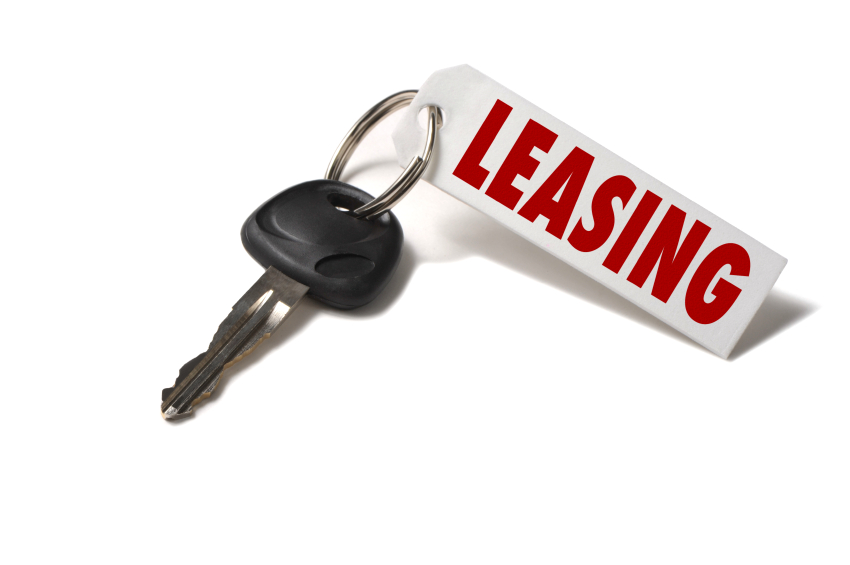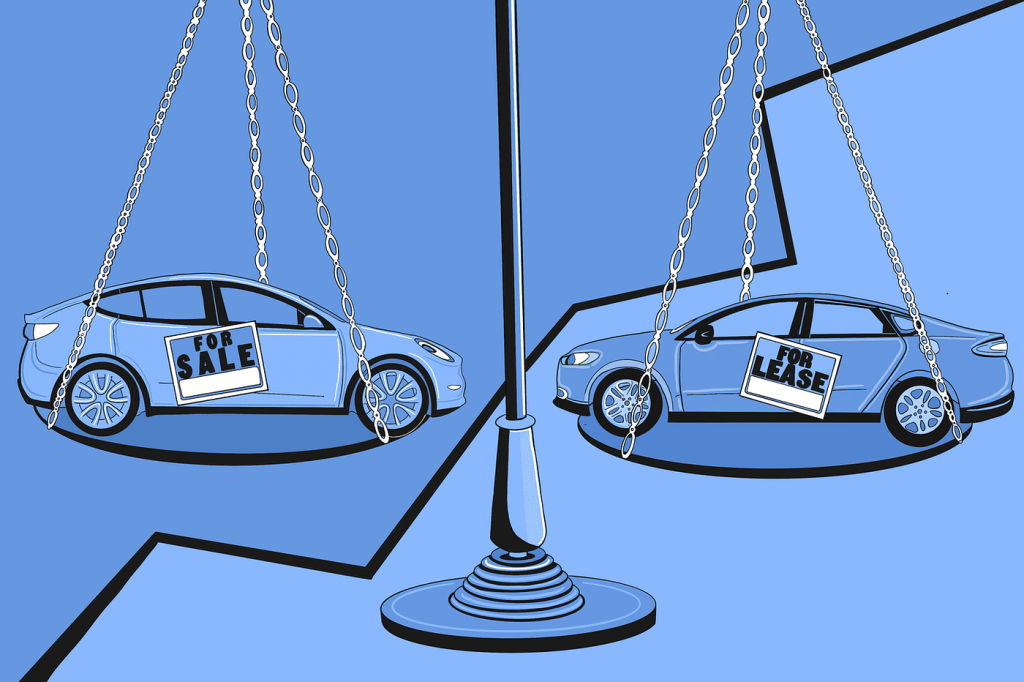New Car Leasing Vs. Financing

What Car Shoppers Need to Know in 2025
As new car prices and interest rates remain elevated in 2025, understanding the differences between leasing and financing is crucial for making an informed decision. We want to help you choose the best option for your needs.
What’s the Difference between Leasing and Financing?
Leasing: You pay to use the vehicle for a set period (typically 2–4 years) and return it at the end of the term. Monthly payments are generally lower, but you don’t own the car.
Financing: You take out a loan to purchase the vehicle. Once the loan is paid off, you own the car outright. Monthly payments are higher, but you build equity over time.


Key Auto Financing Trends in 2025
- Leasing Resurgence: Leasing has regained popularity, accounting for about 25% of new vehicle transactions in Q2 2024, up from pandemic low.
- Electric Vehicle (EV) Leases: Nearly 45% of EV transactions were leases in Q3 2024, driven by favorable tax incentives and lower monthly payments
- Interest Rates: Average auto loan interest rates for new cars hover around 7–8%, making leasing a more attractive option for some buyers


Cost Comparison: Leasing vs. Financing
Aspect |
| Leasing | Financing |
Monthly Payment |
| Lower (e.g., $517 for non-luxury) | Higher (e.g., $707 for similar car) |
Down Payment |
| Often lower or waived | Typically higher |
Ownership |
| No; must return or buy at lease end | Yes; own after loan is paid off |
Mileage Limits |
| Yes (e.g., 12,000 miles/year) | No restrictions |
Maintenance Costs |
| Often covered under warranty | Owner responsible after warranty |
Equity Building |
| No | Yes |
Pros and Cons
Leasing
Pros:
· Lower monthly payments
· Access to newer models more frequently
· Lower repair costs due to warranty coverage
· Potential tax benefits for business use
Cons:
· No ownership or equity
· Mileage restrictions and potential overage fee
· Charges for excessive wear and tear
· Early termination fees can be substantial
Financing
Pros:
· Full ownership after loan payoff
· No mileage limitations
· Freedom to modify or sell the vehicle
· Long-term cost savings if the vehicle is kept beyond the loan term
Cons:
· Higher monthly payments
· Responsible for maintenance and repairs after warranty expire
· Depreciation affects resale value
Special Considerations for Electric Vehicles
(EVs)
Leasing an EV in 2025 can be particularly advantageous due to a
$7,500 federal tax credit that often reduces monthly payments significantly.
This incentive applies to leases regardless of the vehicle’s manufacturing
origin, making it a popular choice for imported EVs.
FAQS
Financing is generally better for high-mileage drivers, as leases have mileage limits and overage fees.
Yes, most leases offer a buyout option at the end of the term, allowing you to purchase the vehicle.
Business owners may deduct lease payments as a business expense. Additionally, leasing an EV can provide access to federal tax credits.
Ending a lease early can incur significant fees. It’s important to review the lease agreement and consider alternatives like lease transfers.
Both leasing and financing can impact your credit score similarly, as they involve monthly payments and credit inquiries.
Contact Us
Contact us with any questions, concerns or information requests.
This site is protected by reCAPTCHA and the Google Privacy Policy and Terms of Service apply.








